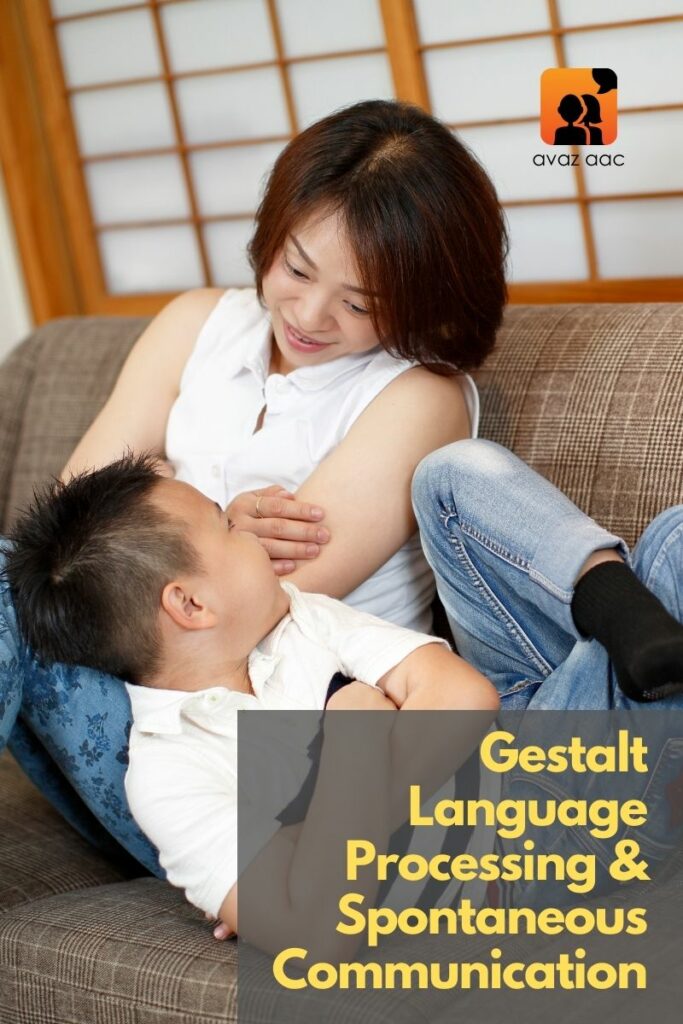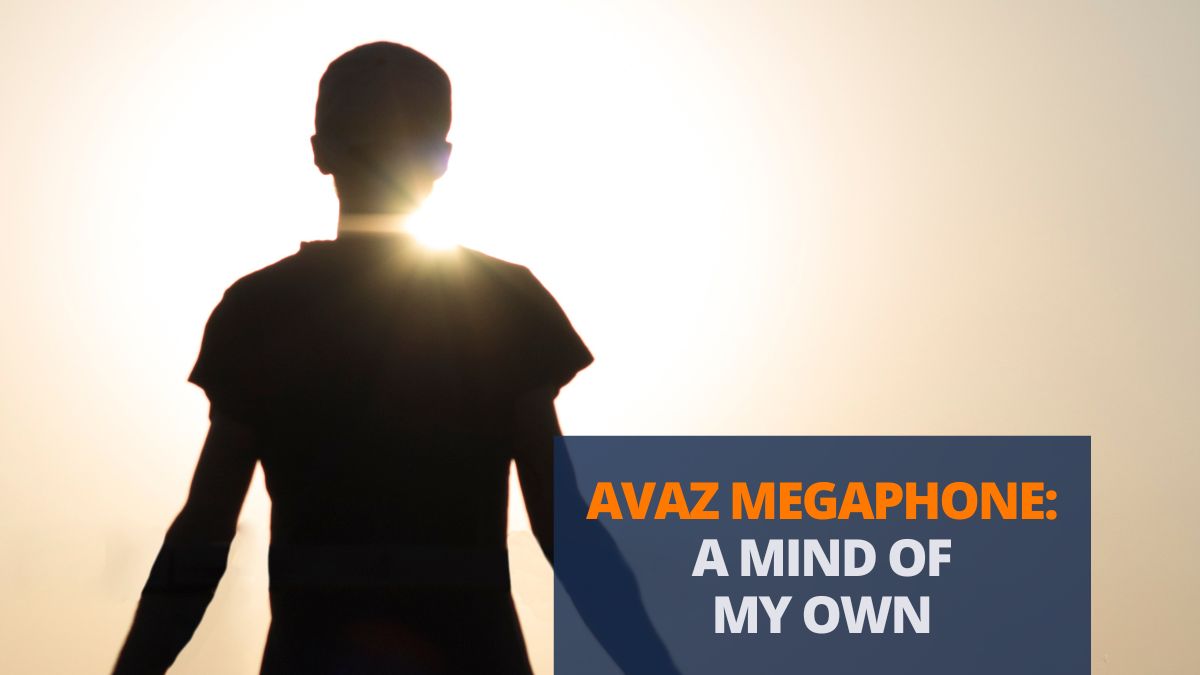We have previously explored gestalt language processing as a means of language acquisition on the Avaz Blog. In this blog we go deeper into the subject. How can we identify children who acquire language in this fashion? And what can we do to better support them? Read on to learn more.
Language Development for Autistic Children
Delayed language development is common among individuals on the Autism spectrum. However, it is not universal. Children with ASD begin speaking at the age of 38 months on average. Of these, only 30%–50% acquire phrase speech by the age of four. Autistic children have a defined set of expressive vocabularies, and many of them also make echolalic expressions.


Analytic vs Gestalt Processing
Between the 1960s & 1980s, researchers discovered hat there were two forms of language development . One of the forms was termed ‘analytic’. Analytic processing looks like adults tending to analyze sentences. Here the child simply follows the lead of the adult. They do what comes naturally to them – which is saying that one word.
What if the child doesn’t start with a single word? What if the child produces a chunk of words as a whole without understanding the structure of the language? This is what gestalt processing is all about! Say a child who develops language via Gestalt Processing hears their parents say “Wow! That’s a big car!”. The child may use the same sentence every time they see a car.
When a child communicates with longer units of language, they are identified as gestalt processors. This happens in 4 stages. These are – Echolalia, Mitigation, Isolation, Recombination of words and Generation.
Identifying a Gestalt Language Processor
With this knowledge, we can identify children or learners who are Gestalt Language Processors. Some of the indications are:
- Use of Echolalia or scripts.
- Speaking in third person.
- Mixing up pronouns while speaking (aka pronoun reversals).
- If your child is diagnosed with either autism or hyperlexia, then there’s a high likelihood that they are learning language via gestalt processing.
- Frequent scripting. For example : Reading the same book repeatedly. Rewinding and rewatching a single video clip also comes under this.
- Delayed language.
- Their language contains a lot of rich intonation. Intonation refers to how the pitch of your voice rises and falls as you speak. Gestalt language processors typically use vibrant or vivid language.
Developing Spontaneous Communication
It is challenging to tell if gestalt language processors are babbling or utilizing words when they first start developing language. Speaking in larger units (sentences) reduces speech clarity. This may make it difficult for parents to determine the same.
Individuals who are gestalt language processors may find it challenging to break their sentences down into individual words. This may result in less versatile and spontaneous language. For gestalt processors, one sentence equals one word. Just because a person uses longer sentences, does not mean they understand all of them.
It’s vital to remember that language needs to be adaptable and spontaneous, and the best way to teach this is to start with single-word utterances.
What Can be Done?
So, how can we support children who are gestalt language processors? Here are some pointers:
- Talk naturally with the gestalt processor.
- Follow their lead and do things that you both enjoy.
- Communicate using sentences which are short enough to understand but long enough to mitigate.
- Patience is key.
- Don’t focus on single words. Refrain from expanding what the gestalt processor speaks.
- Avoid analytical strategies for gestalt processors. ABA or otherwise.
- Assist in self-regulation.
Patience is Key
At Stage 1, gestalt language processors use gestalts exclusively to communicate. it is imperative to concentrate on gestalts at this stage, and the AVAZ AAC can be readily modified for them.
At Stage 2, mitigations can also be added which will help GLPs move towards Stage 3, where the AVAZ AAC will be ready to welcome them to the world of vocabulary, the essential building blocks for self-generated language construction that will follow them into Stages 4-6.
Try Avaz AAC. To know more about the features book a product demo.
References
- Marge Blanc – Natural Language Acquisition on the Autism Spectrum: The Journey from Echolalia to Self-Generated Language, 2012




Great overview of the different ways of developing language and specific information about Gestalt Language Processing.